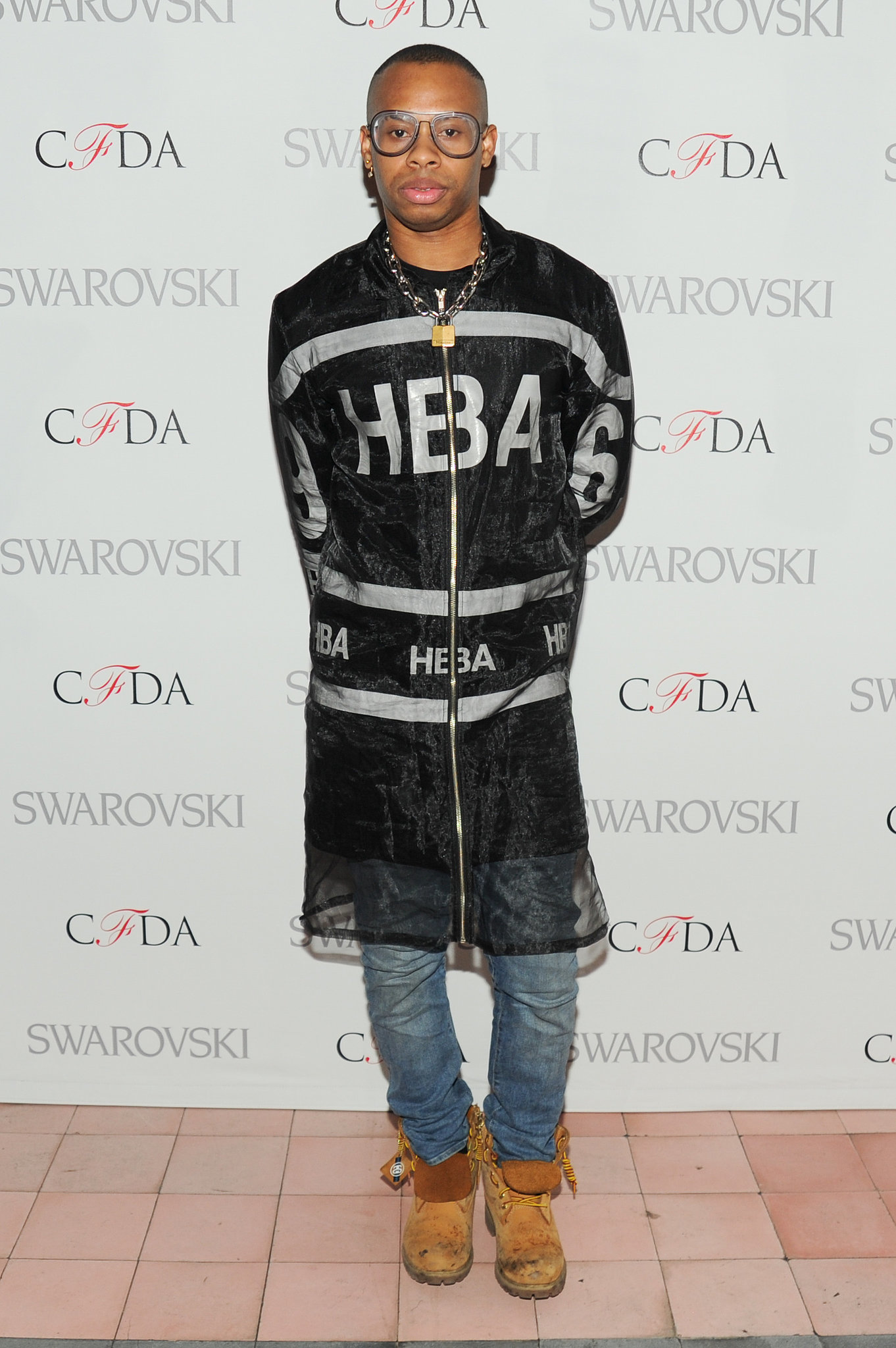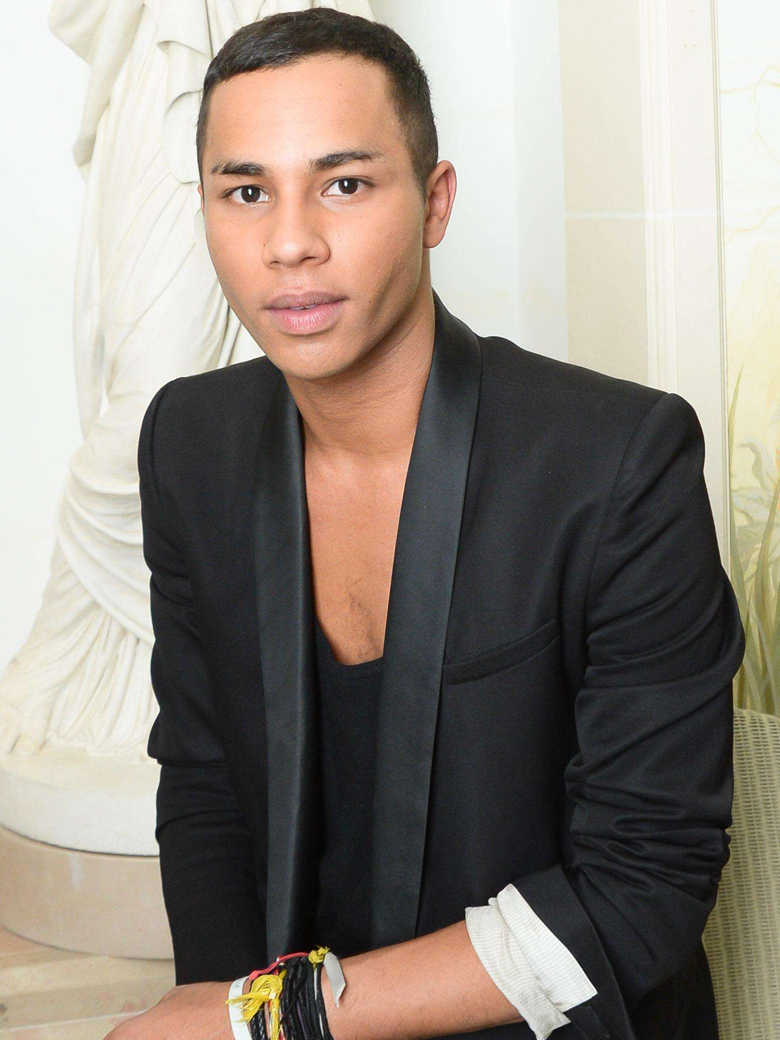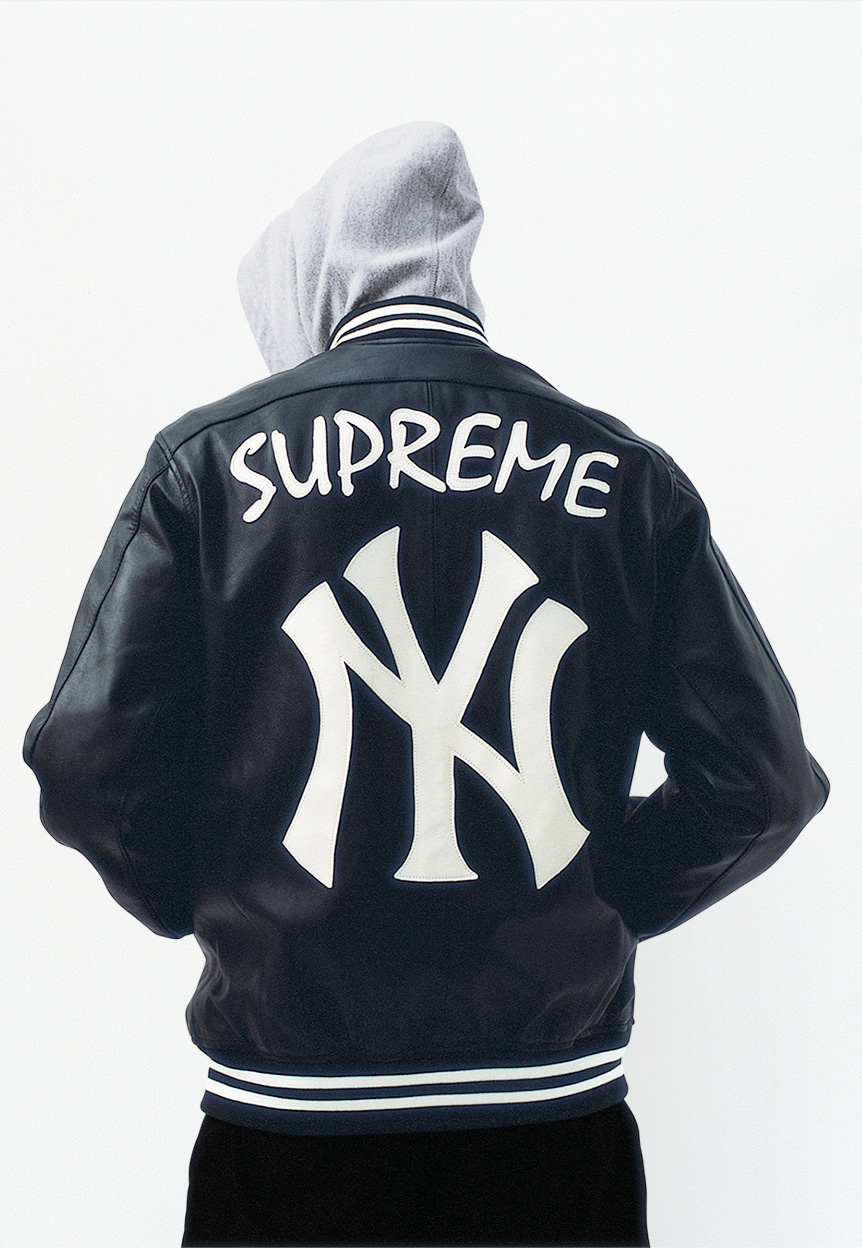At InTheRough, it is our job to discern the latests trends and developments in urban culture. A large part of our content is news-based, but what makes us unique are the insights into the importance and understanding of what we write about and how it fits into the greater fabric of urban culture. Cognizant of this need to inform and educate, as well as the celebration that is Black History Month, InTheRough presents Life in Color: An Examination of Today's Contemporary, Black Archetypes. Over the span of this month, InTheRough will be creating a series of editorials showcasing black individuals who have assumed pioneering roles in varying industries or facets of society that lack or misinterpret the black experience.
As New York Fashion Week is well underway, I found myself thinking about the black experience within fashion. As I gathered my thoughts to create this piece, I could only name a few black individuals who have had significant involvement in the industry: Tracy Reese, founder of her eponymous label, has created looks for many celebrities including First Lady Michelle Obama; Shayne Oliver is the founder of the hyped label Hood By Air; Olivier Rousteing is the current creative director of Balmain; and Naomi Campbell, who needs no introduction, is one of the most iconic supermodels of the 20th century. But past this, what is our history? Do collections and fashion labels created by Jay Z, Diddy, and Kanye West count as viable fashion projects or are they merely market capitalizations on fame and popularity?
In fashion, the black aesthetic is largely misconstrued. A lack of diversity on the runway with just 6% of last New York Fashion Week's looks being represented by people of color, as well as the lack of prominent black designers and tastemakers has pigeon-holed the black influence to streetwear and its connection with hip hop culture. In a world where A.P.C.'s Jean Touitou can overstep and cite his relationship with Kanye West for an overtly racist design concept or where white models dawn black face as a form of artistic expression, Street Etiquette's refreshingly educational and informative take on style is vital for any change in rhetoric.
From its inception in 2008, Street Etiquette has occupied an entirely new space in the fashion industry. Well groomed and well dressed black gentlemen had rarely been showcased, after all; the general consensus was that all we wore were baggy pants, hefty jewelry, and white tees. But, by creating unique and thought provoking editorials, such as Slumflower, where 18 black individuals dressed in tailored suits are juxtaposed with the backdrop of urban decay, SE has showcased the fashionable, multi-faceted black man in ways that not only raise important societal questions, but that are largely neglected by mainstream voices. Founded by Joshua Kissi and Travis Gumbs, Street Etiquette has changed the sartorial narrative surrounding black individuals.
In examining Street Etiquette and the scope of the business, I cannot definitively say that they are the only archetypes of fashion. I cannot confidently articulate my beliefs that they are the influencers who are going to change and improve the corrupt foundation of the fashion industry. The problems that have been prevalent since the 1990s--the lack of diversity and representation--are embedded in euro-centric beliefs that frankly have not changed. Street Etiquette has circumvented these predicaments by presenting new perspectives of the black experience that the industry currently lacks.
At the same time, though, what I have noticed is that black fashion in itself is an entire subculture of the fashion industry at large. It is as such because of this constant neglect and misrepresentation. Black fashion, whether it be through Tracy Reese's rise to prominence or through Shayne Oliver's immense impact on streetwear, has found a way to coexist and gain relevance in an adverse world. These individuals and their establishments may be black, but they represent the multicultural experiences that continue to be ignored. The black experience is not limited to high fashion and it is not bound by the parameters of hip hop culture. To discuss one archetype as a symbol of this fashion subculture is to suppress its vast history and influences.



























